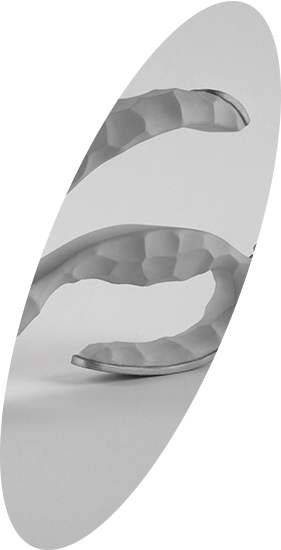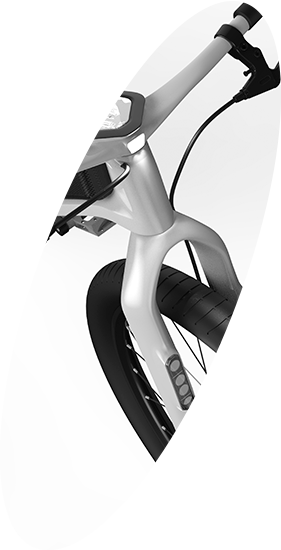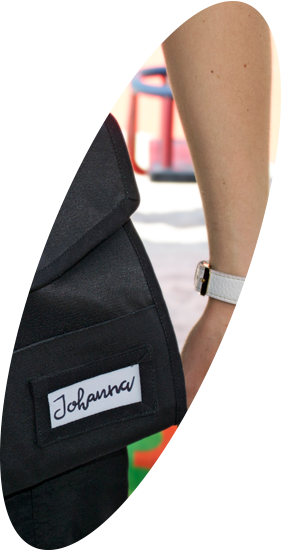Revironment
Sometimes there is a great distance between thought and action, especially when it comes to activities such as waste recycling. How can so many people claim to think recycling is important, when they at the same time do not recycle? Is it too difficult to recycle? Would more people recycle if it was made clearer? More accessible?
In my degree project I investigate if I, with the aid of design, can make it easier to recycle in public places. I contemplate as to why recycling bins often have the same colour, size and shape. Should a bin that is to contain metal not differ in design from a bin that is to contain paper? Is it perhaps even possible to show what the bin is to contain without using text and images? Through studies and workshops, I have come to the conclusion that it may be an advantage if the user can see a similarity between the bin and the waste that is to be thrown in it. Hopefully, this understanding can lead to a more natural behaviour that requires less reflection.
Återvinst
Ibland är det långt mellan tanke och handling, särskilt när det kommer till aktiviteter som sopsortering. Hur kan så många säga sig tycka att återvinning är viktigt, när de samtidigt inte återvinner? Är det för krångligt att återvinna? Skulle fler återvinna om det var tydligare? Mer lättillgängligt?
I mitt examensarbete utforskar jag om jag med hjälp av design kan göra det enklare att sopsortera i offentliga miljöer. Jag funderar på varför sorteringskärl oftast har samma färg, storlek och form. Borde inte en tunna som ska innehålla metall skilja sig i formspråk från en tunna som ska innehålla papper? Går det kanske till och med att visa vad tunnan ska innehålla, utan att använda text och bild? Genom studier och workshops har jag kommit fram till att det kan vara en fördel om användaren ser en likhet mellan kärlet och skräpet som ska slängas. Förhoppningsvis kan denna förståelse leda till ett mer naturligt beteende som kräver mindre reflektion.

 Visit: LM Ericssons väg 14, Stockholm
Visit: LM Ericssons väg 14, Stockholm















